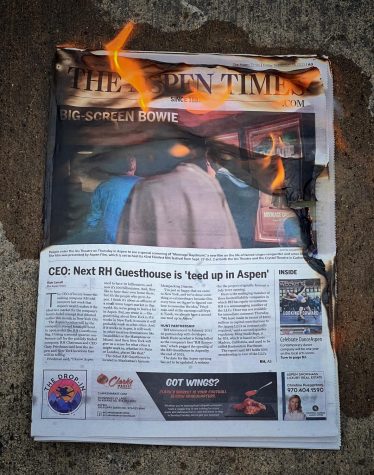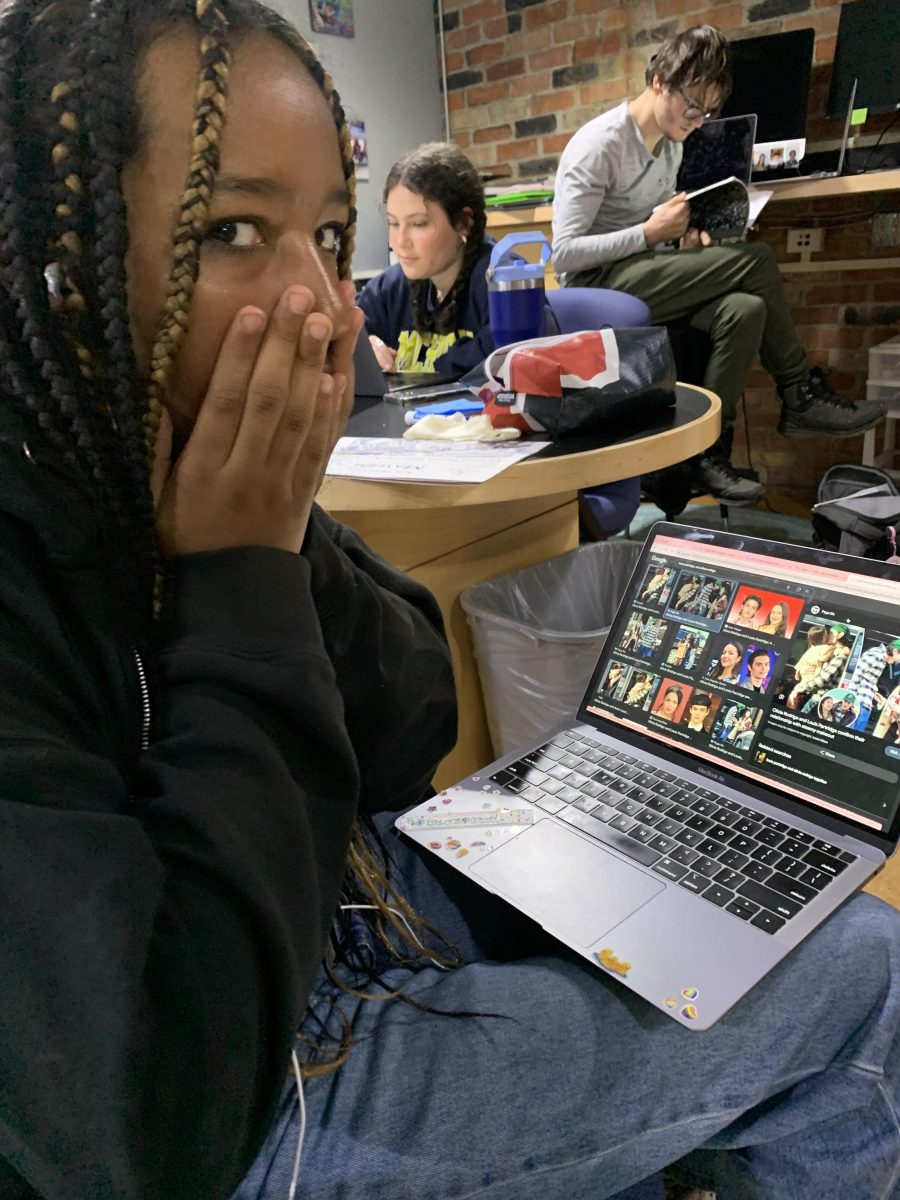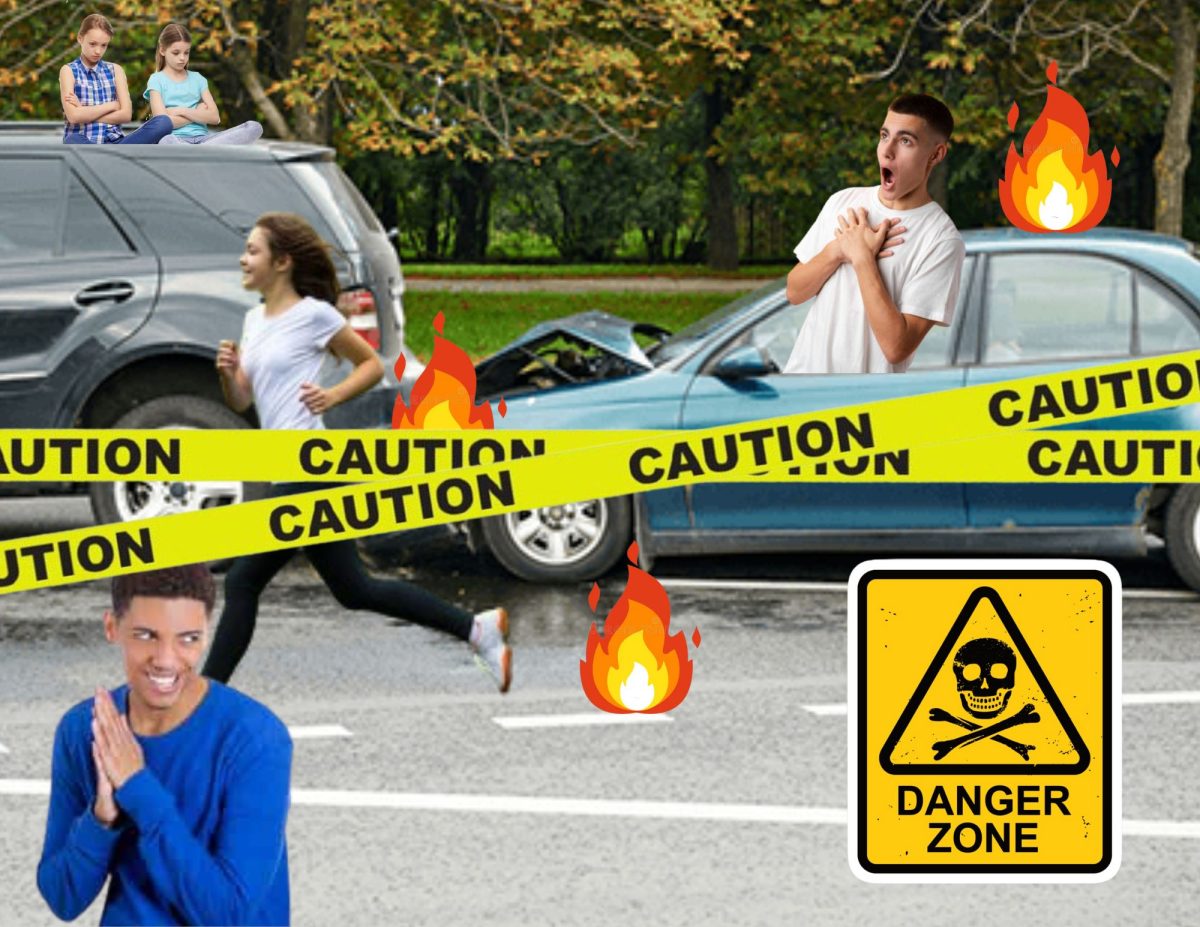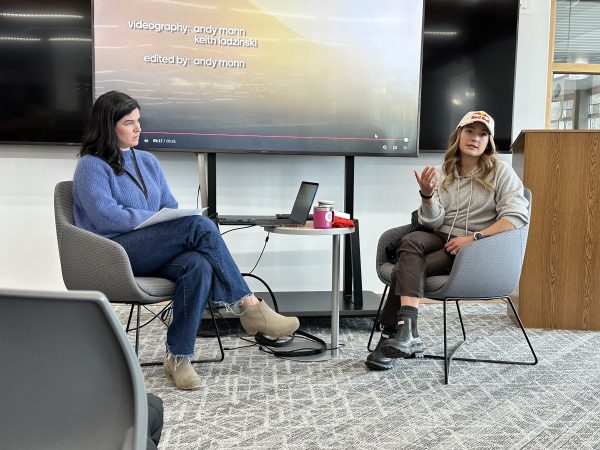The Attention Span of the News
News outlets quickly jump on the opportunity to report on hot topics. Smaller outlets dominate social media feeds with the latest events, but it’s up to bigger outlets to keep these problems in the public eye for longer.
Many smaller outlets have to rely on catchy headlines to draw people in and garner more clicks for their revenue, especially because these outlets often can’t charge a subscription fee compared to publications like the New York Times or Washington Post. However, this can often lead less-current events to be forgotten.

For example, before the pandemic, one of the popular drivers in the news was climate change. But as soon as the world was in lockdown, the news switched over, and many of the more catchy headlines revolved around COVID. Climate change became a problem in the back of many peoples’ minds. Despite this, The New York Times was able to keep their long-lasting climate section through COVID and beyond, according to James Estrin, a staff photographer, and writer for the NYT.
So, why are most major headlines lost from the center of the public eye when a newer, more prevalent event takes place?
Breaking news brings in more public attention, no matter who is reporting it. Estrin talks about the impacts social media has on the news and how it can direct what is prevalent in the world. Social media is very reliant on “hits,” or how much traffic a post or other source of information can get, but this can pressure journalists into writing about only the most appealing topics. Bigger publications like the NYT or the Washington Post don’t pressure their journalists to write about specific things for traffic only, which protects the core missions of these papers. Smaller publications often do not have this luxury.
“At the core of this, for news outlets, people within the company, and reporters, is are they being judged on the traffic numbers? And if they are, that’s a very bad thing and very destructive,” Estrin said.
Social media plays a huge role in what the public is reading in the news. Publications, sometimes even the bigger ones, appeal to the social media algorithms and try to make it so their piece is seen more than others. This can drive what dominates the news by favoring topics that appeal to the public, like the most current events, which can overshadow the headlines of yesterday. The force that social media has on what is prevalent leads smaller publications to write about whatever will get them the most clicks.
“Social media has a huge role now, and in many instances, guides major media in what they cover and how they cover it. This sort of clickbait kind of approach to journalism, unfortunately, has become more pervasive,” Ed Kashi, an internationally renowned photojournalist and visual storyteller, said.
Social media is based on addiction, and platforms like Instagram or TikTok feed off of peoples continued reliance on their platforms. People can easily get bored with something if what they are looking at isn’t being updated often. Thus, news needs to be constantly updated, otherwise people will interact less with an event that they have seen before, causing older events to get lost over time.
At the core of this, for news outlets, people within the company, and reporters, is are they being judged on the traffic numbers? And if they are, that’s a very bad thing and very destructive,
— James Estrin, NYT photographer
However, Estrin notes that it is important people stay interested in problems so that they can be solved; they need to look at even events that seem less significant to keep them in the eye of the people.
“People want something new, and they can get bored with something that’s not new. And what everyone needs to do, is to now concentrate on what the news is and what’s important and around the edges,” Estrin said.

This is Beau's second year with The Skier Scribbler. He is a junior and is passionate about the environment. He likes to rock climb, ski, and be outside. ...


























